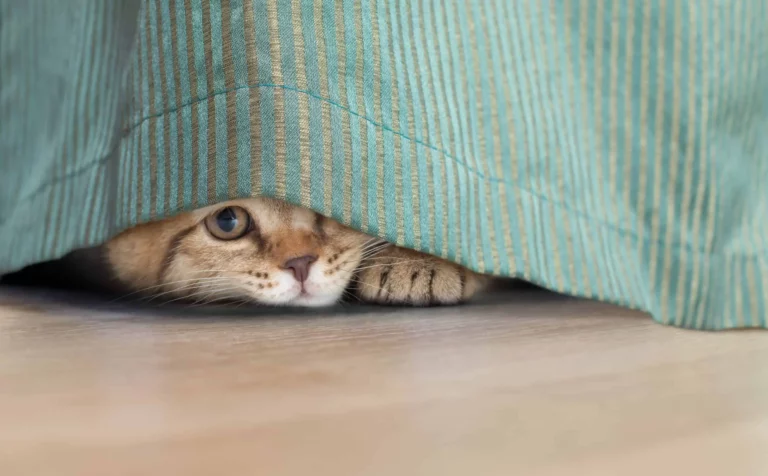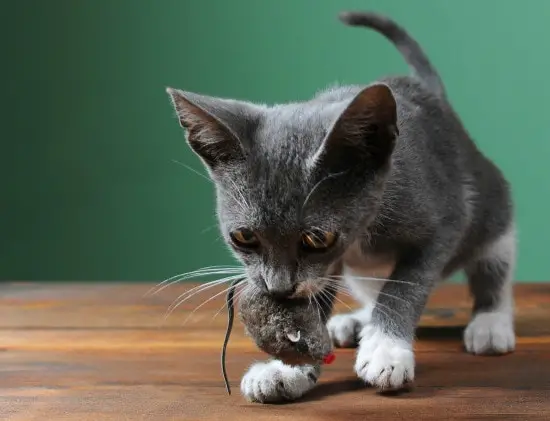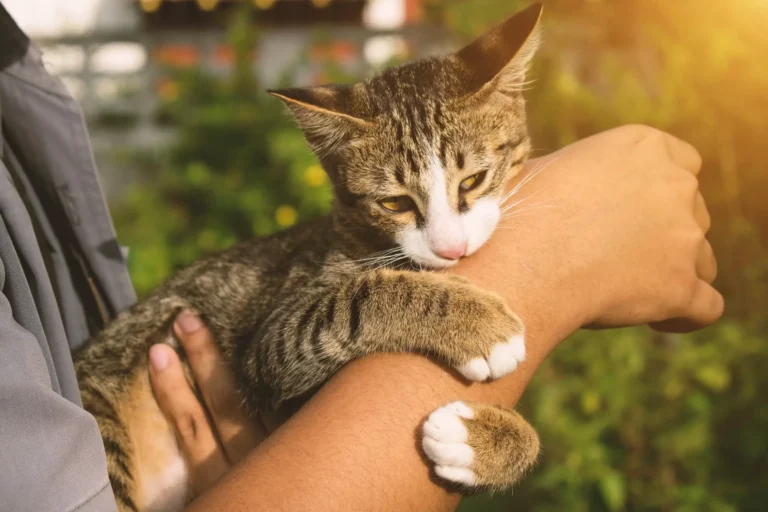Mastering the Art of Cat-Proofing: How to Stop Cats from Opening Doors?
Preventing cats from opening doors is crucial for their safety, your peace of mind, and a harmonious home. This article explores effective methods to keep your curious feline from accessing restricted areas and offers insights into cat-proofing techniques.
Key takeaways
Understand the reasons behind your cat’s door-opening behavior.
Install door handle covers or locks to restrict access.
Use deterrents like alarms or citrus scents near doors.
Provide alternative avenues for exploration and play.
Train your cat using positive reinforcement techniques.
Use interactive toys and puzzle feeders for mental stimulation.
Enrich the environment with scratching posts and hiding spots.
Seek professional advice for persistent door-opening behavior.
Be patient and consistent with preventive measures.
Create a loving and secure environment for your cat.
Understanding Your Cat’s Door-Opening Behavior
Common reasons for cats opening doors
Before addressing your cat’s door-opening habits, it’s essential to understand the motivations behind their behavior. Here are some common reasons why cats may try to open doors:
1. Curiosity
As mentioned earlier, cats are curious by nature. They may be intrigued by the sounds, smells, or sights behind closed doors and want to investigate the unknown. This curiosity can drive them to learn how to open doors to satisfy their inquisitive nature.
No products found.
2. Seeking food or attention
Sometimes, your cat may try to open doors because they associate certain rooms with food or attention from you. For example, if their food is stored in a pantry or if they’re used to getting treats from the kitchen, they may try to access these areas to satisfy their hunger or cravings.
3. Attempting to escape
In some cases, cats may be trying to escape from a perceived threat or an uncomfortable situation. This can include a noisy environment, the presence of other pets, or even changes in the household dynamics. In these instances, opening doors may be an attempt to find a safe haven.
Recognizing and addressing the underlying cause
To effectively stop your cat from opening doors, it’s crucial to identify the root cause of their behavior.
Once you’ve pinpointed the reason behind their door-opening attempts, you can take the appropriate steps to address it. For example, if your cat is seeking food or attention, establish a consistent feeding schedule and ensure they receive ample interaction and mental stimulation.
If they’re trying to escape a noisy or uncomfortable environment, provide them with a quiet and secure space to retreat to within your home. By understanding and addressing the underlying cause, you can effectively curb your cat’s door-opening habits.
Cat-Proofing Techniques for Different Types of Doors
Standard doors with round knobs
Cats are resourceful and can sometimes figure out how to open doors with round knobs. To prevent them from doing so, consider the following options:
1. Lever handle covers
These are childproofing devices designed to cover door handles, making it difficult for children and pets to grip and turn the handle. They are easy to install and remove, offering an effective and temporary solution to keep your cat from opening doors.
2. Replacing knobs with a different design
If your cat has mastered the art of opening round knobs, consider replacing them with a design that is more difficult for them to maneuver, such as an egg-shaped or oval knob. This change in design can deter your cat from attempting to open the door.
Sliding doors
Sliding doors, such as those leading to patios or closets, can also be enticing to cats. To keep your feline friend from opening these doors, try the following methods:
1. Sliding door locks
Installing a lock on your sliding door can prevent your cat from opening it. There are several types of locks available, including those that require a key, a combination, or a simple latch mechanism. Choose one that best suits your needs and preferences.
2. Door wedges
Placing a door wedge or stopper at the base of the sliding door can prevent it from being opened by your cat. This simple and affordable solution can be easily removed and replaced as needed.
No products found.
French doors
French doors can be particularly challenging due to their multiple latches and handles. To prevent your cat from opening French doors, consider the following options:
1. Specialized latches and locks
There are latches and locks specifically designed for French doors that can help keep them securely closed. These devices can be installed at various points on the door, making it more difficult for your cat to gain access.
2. Magnetic door stops
Installing magnetic doorstops can help keep French doors securely closed by creating a strong magnetic force that holds the doors together. This can deter your cat from attempting to push the doors open.
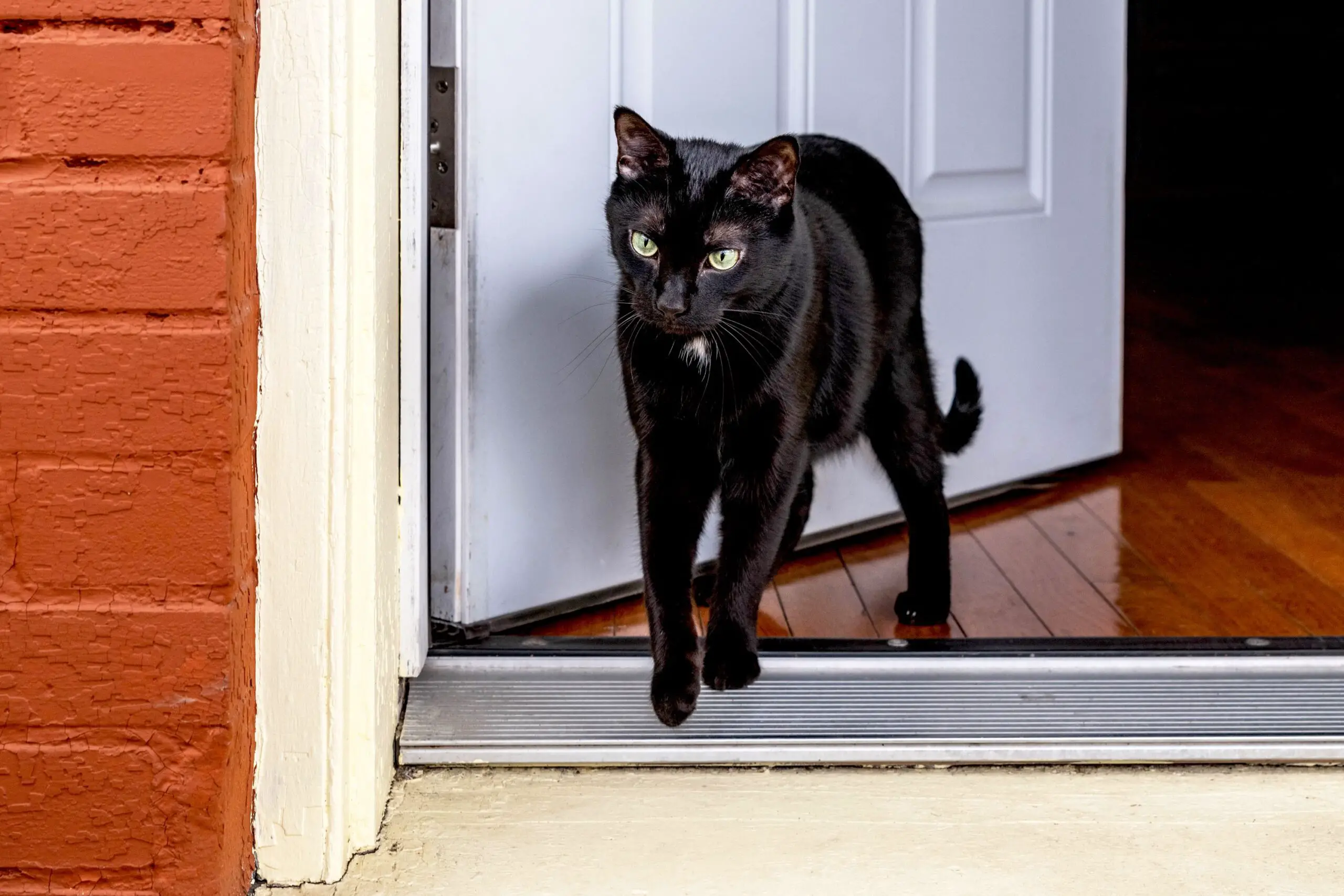
Training Your Cat to Stay Away from Doors
Clicker training
Clicker training is an effective method to teach your cat new behaviors or discourage unwanted ones. It relies on the use of a small device called a clicker that produces a distinct sound when pressed. By using the clicker in combination with rewards, you can teach your cat to stop opening doors.
1. Teaching the ‘leave it’ command
Start by teaching your cat the ‘leave it’ command using the clicker. To do this, place a treat near the door and say ‘leave it’ when your cat approaches the treat. As soon as they move away from the door, click the clicker and give them a reward. With practice, your cat will associate the command with leaving the door alone.
2. Rewarding positive behavior
Whenever your cat ignores the door or stays away from it, use the clicker and give them a treat. This will reinforce the positive behavior and help them understand that staying away from doors earns them rewards.
Creating a distraction-free environment
1. Interactive toys
Invest in toys that encourage play and mental stimulation, such as puzzle toys, treat dispensers, or even battery-operated toys that mimic the movements of prey. These can keep your cat entertained and reduce their interest in doors.
2. Cat trees and perches
Cats love to climb and observe their surroundings from elevated positions. Provide your cat with a cat tree or perch near a window, so they can satisfy their curiosity without resorting to opening doors.
Maintaining a consistent routine
Cats thrive on routine and can become anxious or stressed when their routine is disrupted. Ensure that you maintain a consistent schedule for feeding, playtime, and cuddling to minimize the likelihood of your cat seeking comfort or excitement by opening doors.
Reinforcing Door Security with Technology
Door alarms
Installing door alarms can help deter your cat from attempting to open doors. When the alarm is triggered, it emits a loud noise or a high-pitched sound that cats typically find unpleasant. This can discourage them from trying to open the door again. Door alarms can also serve as a notification system for you, alerting you whenever your cat tries to open a door.
Motion-activated deterrents
Another technological solution to prevent your cat from opening doors is using motion-activated deterrents. These devices emit a burst of air, a spray of water, or an unpleasant sound when they detect movement near the door. The sudden stimulus can startle your cat and discourage them from approaching the door in the future.
Remote monitoring via smart devices
Smart cameras and monitoring systems can help you keep an eye on your cat’s behavior even when you’re not at home. By placing a camera near the door, you can monitor your cat’s activities and intervene if necessary. Some smart cameras also come with two-way communication features, allowing you to speak to your cat or play pre-recorded messages to deter them from opening the door. This can be particularly helpful if your cat is prone to opening doors while you’re away from home.
Seeking Professional Help
When to consider professional assistance
If you’ve tried multiple strategies to stop your cat from opening doors and have seen little to no improvement, it might be time to consider seeking professional help. This can be especially important if your cat’s door-opening behavior poses a safety risk or significantly disrupts your household.
Types of professionals to consult
Depending on the severity and nature of your cat’s door-opening behavior, you may want to consult one or more of the following professionals:
1. Animal behaviorists
An animal behaviorist can help identify the root cause of your cat’s door-opening behavior and develop a tailored training plan to address the issue. They can also provide guidance on implementing the plan and monitoring your cat’s progress.
2. Veterinarians
In some cases, a cat’s door-opening behavior may be related to an underlying medical issue, such as anxiety or a neurological disorder. A veterinarian can assess your cat’s health and determine if there is a medical explanation for their behavior. If necessary, they can recommend appropriate treatment or medication to help manage the issue.
Benefits of professional intervention
Seeking professional help can provide valuable insights into your cat’s behavior and ensure that you’re using the most effective strategies to address the problem. By working with a professional, you can improve your cat’s well-being and create a more harmonious living environment for both you and your feline friend.
Frequently Asked Questions
What if my cat still manages to open doors after trying these techniques?
If your cat continues to attempt opening doors after trying the methods discussed in the blog post, consider seeking professional help from an animal behaviorist or veterinarian. They can provide further guidance and evaluate whether there may be an underlying medical issue contributing to the behavior. Remember that persistence and consistency are crucial when addressing any behavioral issue in cats.
How long does it take to train a cat to stop opening doors?
The amount of time it takes to train a cat to stop opening doors can vary depending on the individual cat, their motivation, and the training techniques used. Consistency and patience are key factors in achieving success. In some cases, progress may be seen within a few days or weeks, while other situations may require more extended training periods.
Can certain breeds of cats be more likely to open doors than others?
While all cats have a natural curiosity, some breeds may be more inclined to open doors due to their intelligence, agility, or determination. Breeds like the Siamese, Bengal, and Maine Coon are known for their problem-solving abilities and may be more likely to learn how to open doors. However, any cat can potentially develop door-opening habits, regardless of their breed.
Is it safe to use deterrent sprays or devices to keep cats away from doors?
Although using a spray bottle to squirt water at your cat when they attempt to open a door may seem like an effective deterrent, it is generally not recommended. This method can cause stress and fear in your cat, potentially damaging your relationship with them. Instead, focus on positive reinforcement and redirection techniques to address the issue.
What other parts of my home should I consider cat-proofing?
It is not necessary to cat-proof every door in your home. Focus on the doors that your cat is most interested in or those leading to areas where you want to restrict access. You may also want to cat-proof exterior doors to prevent your cat from escaping outdoors.
Final Thoughts
We’ve explored various methods to prevent your cat from opening doors, including cat-proofing techniques for different door types, training strategies, technological solutions, and the importance of understanding the underlying causes of their behavior. Each cat is unique, so it’s crucial to experiment with different approaches to find the most effective solution for your situation.
By addressing the root cause of your cat’s door-opening behavior, you can create a more comfortable and stress-free environment for them. Whether it’s providing mental stimulation, establishing a consistent routine, or seeking professional help, understanding and catering to your cat’s needs will ultimately lead to a happier and more well-behaved pet.
Preventing your cat from opening doors not only keeps them safe but also contributes to a more harmonious living space. By implementing the strategies discussed in this blog post, you can create a secure and comfortable home for you and your feline companion while fostering a strong, trusting bond between the two of you.
Sources:
- How to Stop Your Cat From Opening Doors? 7 Practical Tips | The Pet’s Sphere (thepetssphere.com)
- How To Stop Cats From Opening Doors – 5 Helpful Tips – FAQcats.com
- How to Keep Cats From Opening Doors | Cuteness
- How to Keep Cat From Opening Door – Explained in 12 Ways (2023) (mypetsguide.com)
- How to stop a cat from opening doors – Quora
- Feline Behavior Guidelines.qxd (catvets.com)

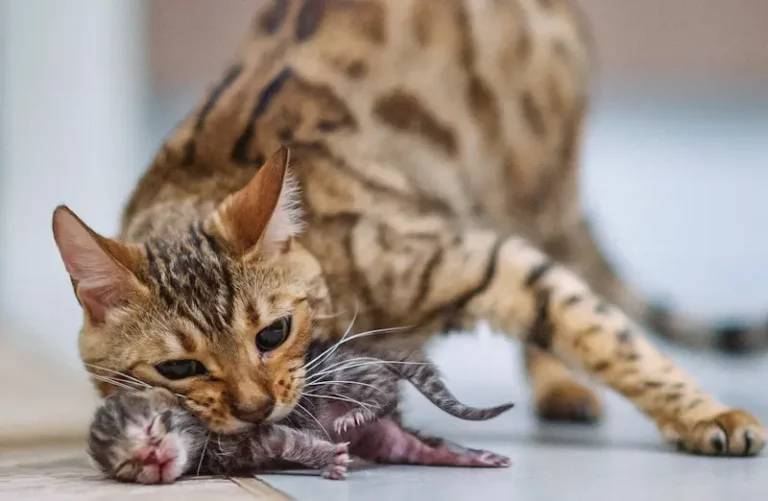
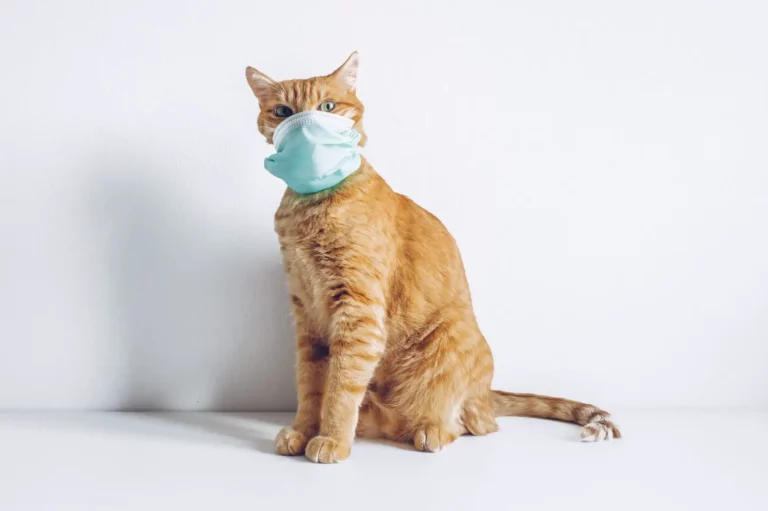
![How Do Cats Choose Who To Sleep With? [5 Factors]](https://www.warmlypet.com/wp-content/uploads/2023/03/why-cat-like-to-sleep-with-owners-768x432.webp)
